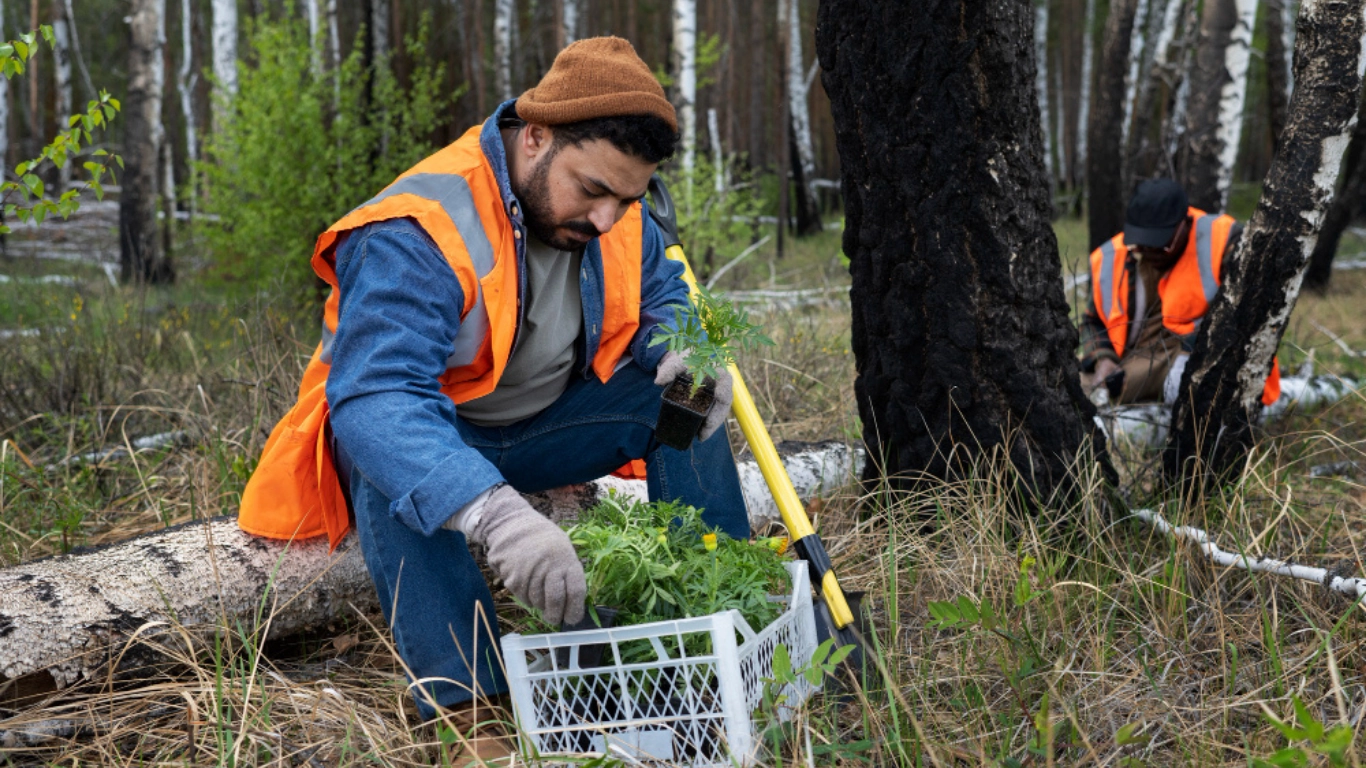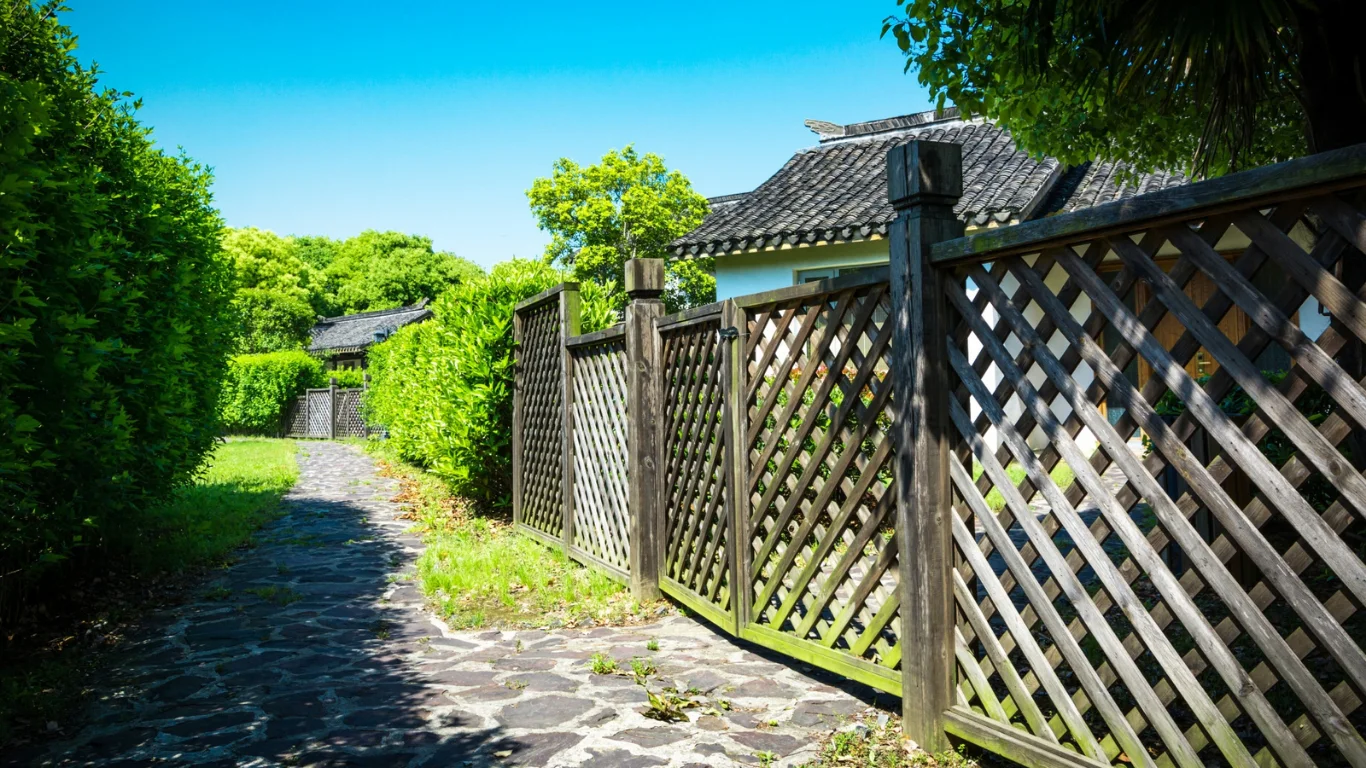Trees often suffer from diseases, overgrowth issues, and nutritional deficiencies. Storms, strong winds, and floods can also affect their health. It’s important to be aware of the signs to spot tree problems early to protect your garden.
You should look for yellowing leaves, wilting, and leaf spots. The presence of pest holes, cracked bark, and dead twigs is also concerning. You must call professionals if you notice stunted growth, oozing sap, or fungal growth. Timely action will save your trees and enhance the garden’s appearance.
This will be a complete guide for you so that you know how to detect these problems as well as tips to prevent them.
10 Signs Your Trees Need Professional Attention
Tree problems, thankfully, don’t become too serious overnight. There will be some minor signs first. If you can notice them early and arrange for treatment, your garden will remain safer. Here are the signs you should look for:
Yellowing Leaves
Yellow trees are common in autumn. However, if it happens outside of autumn, then it’s a threat. It may happen due to poor soil nutrition or root stress. Look closely at the whole tree to find other spots. Call an arborist to prevent the spread of yellowing.
Wilting
Leaves that droop even when the soil is wet hint that roots may be damaged, or the tree might be under attack by pests. Touch the soil to check moisture. If wilting stays for days, the tree needs expert care.
Small or Sparse Leaves
Compare this year’s growth to previous years’ and check on leave sizes. When leaves are smaller than last year’s, something is wrong. Trees under stress often produce fewer leaves. This can be caused by:
- Diseases
- Lack of nutrients, and
- Root causes
Cracks in Bark
Cracks that appear suddenly may mean the tree is stressed. Weather extremes or disease can cause this. Some cracks run deep and harm the inner wood. Check if they are spreading. The sooner you spot them, the better the chance to save the tree.
Sticky Residue
A sticky layer on leaves or branches is often left by sap-sucking insects like aphids. This residue can attract ants and encourage mold growth. Check leaves for:
- Sticky or glossy surfaces
- Small green or black insects
- Black mold patches are forming
Unusual Spots
You will notice various early spots on your tree leaves before any major problem occurs. These can be early signs of fungal or bacterial infections. Flip the leaf over to see if the spot goes through. If new spots keep showing up every few days, it’s a clear warning that the problem is spreading fast.
Fungus or Mushrooms
Mushrooms growing near trunks or roots mean internal decay. The fungus feeds on rotted wood underground. You should look for these signs after rain. If they keep coming back, the roots may already be damaged. You may notice:
- White powdery coating
- Dark or black spots
- Mushrooms or toadstools
- Orange or rust patches
- Fuzzy mold growth
- Soft, decayed wood
Dead Twigs
Brittle twigs at the branch tips can mean the branch is dying. This can be caused by pests, disease, or poor water supply. Bend a twig gently, and if it snaps easily and looks dry inside, it’s dead. Too many dead twigs can mean deeper damage.
Leaning
A tree that leans more than it used to might have weak or damaged roots. Heavy winds, soil erosion, or underground rot can cause this. Step back and observe the angle over time. If the lean increases, the tree could fall.
- Weak or damaged roots
- Soil shifting or erosion
- Storm damage
Chewed or Curled Leaves
Leaves with holes, bite marks, or curled edges are usually pest-related. Caterpillars, beetles, or mites are common culprits. Turn over a few leaves to check for insects or eggs. A small pest problem now can become a major infestation later.
What to Do If You Notice These Signs?
Identifying tree problems is only the first step. You now need to take the next steps to protect your garden:
- Call a tree service company
- Test soil quality
- Prune affected branches
- Check for pests
- Improve watering routine
- Add proper nutrients
Final Words
When you have tree problems in your garden, it’s important not to overlook them. Ignoring them can cause severe problems. Beware of the signs and take immediate action to keep your trees safe and healthy.







